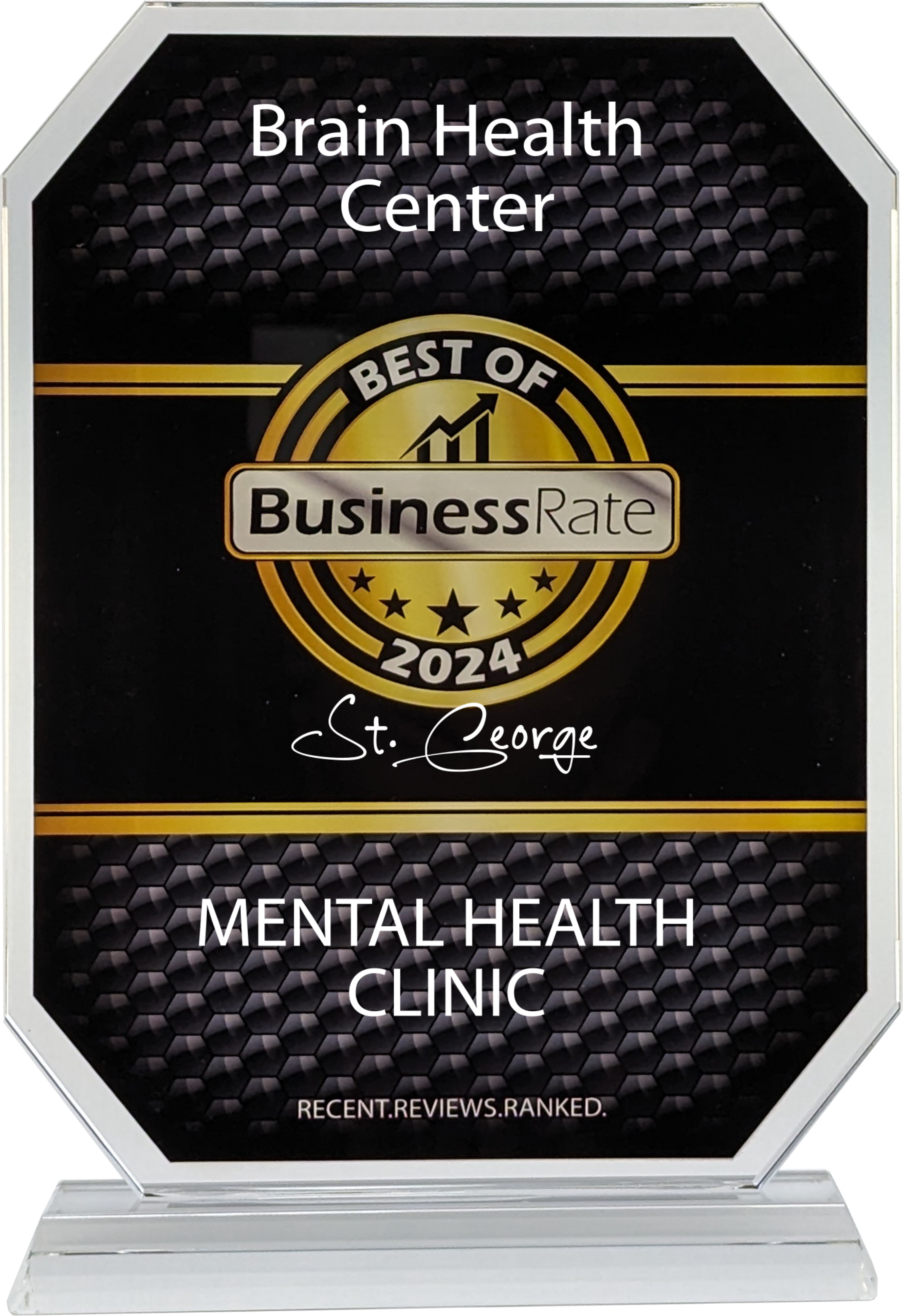We’ve been thinking about how often people mix up anxiety and depression. They're like the two most common mental health issues we hear about, right? But even though they sometimes hang out together, they're actually quite different. It's like mistaking a crocodile...
TMS Therapy Articles
6 Things You Can Anticipate in Panic Disorder Treatment
Whether you’re dealing with panic disorder yourself, know someone who does, or want to learn about cutting-edge therapy in mental health, I’ve got you covered.
What Is TMS Therapy? Your Total Guide
In this blog, we’re going to explore the ins and outs of TMS therapy, from its origins and development to how it actually works. We’ll delve into the different types of TMS and discuss their applications and benefits.
4 Ways to Prepare for a TMS Treatment
TMS treatment can be a game-changer for treating conditions like depression or anxiety. Whether you’ve heard of it and want to learn more or your doctor recommended it to you as a treatment option, you're in the right place. Preparing for TMS therapy is a bit like...
TMS Treatments for Anxiety: Everything You Need to Know
If you've been dealing with anxiety and are exploring different treatment options, you've come to the right place. In this blog, we will dive deep into the world of TMS therapy for anxiety. You might be wondering, what exactly is TMS for anxiety? How does it work? Is...
TMS Therapy For Children: How Effective Is It?
TMS therapy for children is a promising approach for treating neuropsychiatric conditions in kids. Neuropsychiatric conditions are disorders that affect both neurology and psychiatry. TMS therapy uses magnetic fields to stimulate specific areas of the brain and help...
TMS FAQs: All Your Questions Answered
There are many questions on the internet about how transcranial magnetic stimulation (TMS) therapy works. Whether you’re interested in TMS therapy for depression, anxiety, OCD, ADHD, autism, or other conditions, this blog answers people's most common questions. All...
It's Time To Heal
For many of our friends seeking wellness, TMS is an incredible solution. Get started now with our team.








